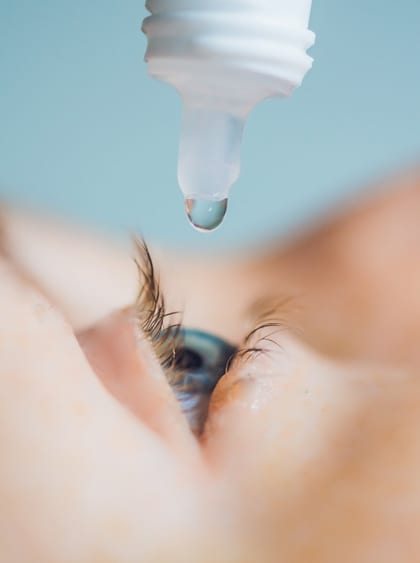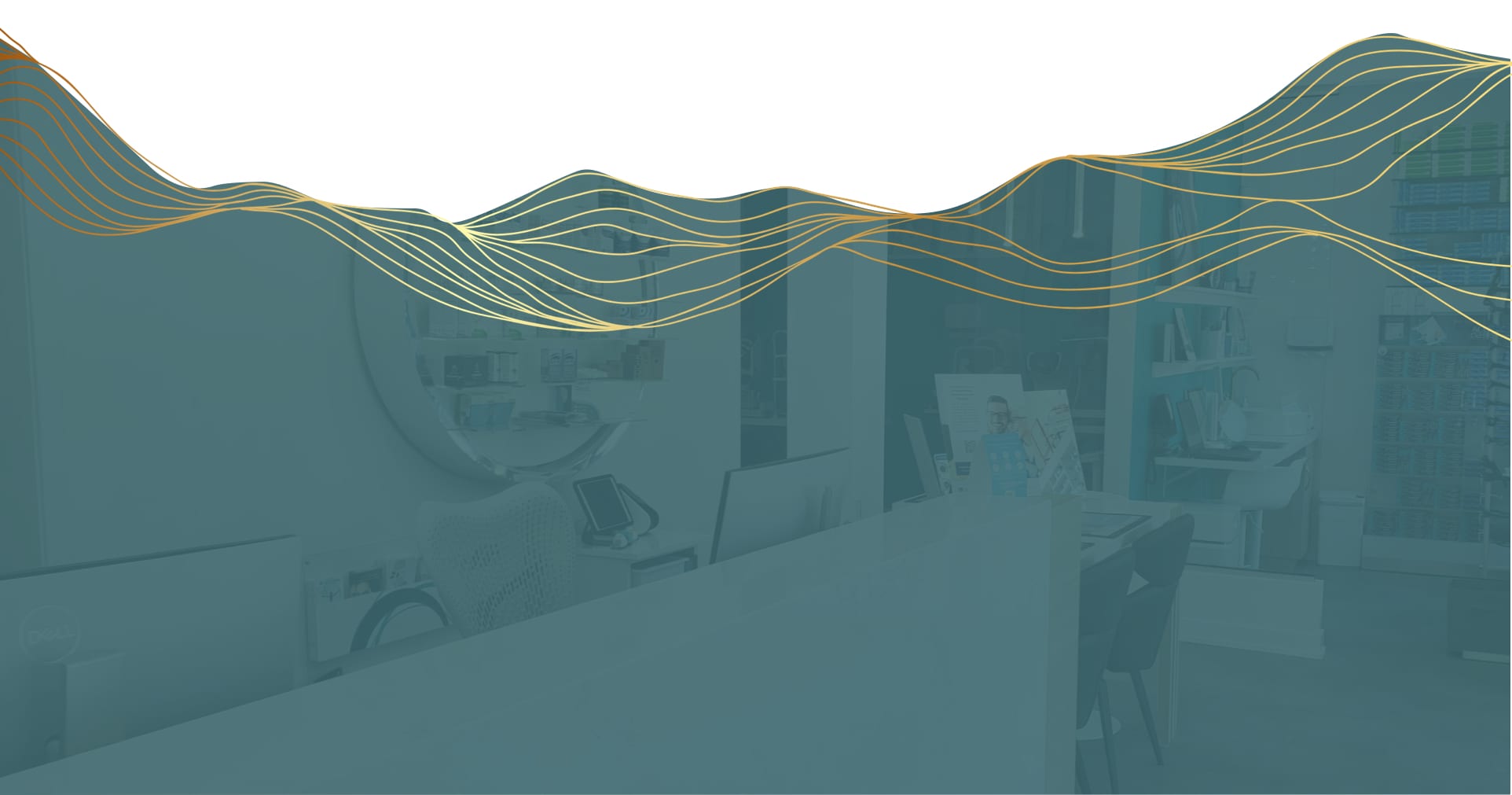Age-related macular degeneration (AMD) can sneak up on you, often without warning. This condition affects the part of your eye that lets you see fine details, and its early signs can be subtle. In the beginning, you may notice blurry or distorted vision, especially when reading or recognizing faces.
Since it typically affects your central vision, it can make everyday tasks feel more difficult than usual. The good news is that catching AMD early makes all the difference. Regular eye exams help detect these early warning signs, so you can get the right treatment and manage your vision more effectively.
What Is Age-Related Macular Degeneration (AMD)?
Age-related macular degeneration (AMD) is a leading cause of vision loss in people over the age of 55. It affects the macula, a small, central area of the retina responsible for sharp, detailed vision. While it doesn’t typically lead to complete blindness, AMD can significantly impact central vision, making tasks like driving, reading, or recognizing faces much harder.
There are two types of AMD:
- Dry AMD (the most common type): This occurs when the macula thins with age and gradually loses its function.
- Wet AMD (less common but more severe): This happens when abnormal blood vessels grow under the macula, leading to faster vision loss.
AMD is a progressive condition, meaning that it develops slowly over time. Detecting it early is vital to preserving your vision and maintaining your quality of life.
Who Is at Risk for AMD?
Certain groups are more likely to develop AMD. While age is the most significant factor (people over 55 are at higher risk), other risks include:
- Smoking: Smokers are up to 4 times more likely to develop AMD than non-smokers.
- Family history: If AMD runs in your family, your chances of developing the condition are higher.
- Light eye colour: People with lighter-coloured eyes may be more susceptible to AMD.
- Prolonged sun exposure: UV rays can damage the retina, potentially increasing AMD risk.
- Medical conditions: Conditions like high blood pressure, heart disease, high cholesterol, and diabetes may contribute to AMD.
Signs of AMD to Watch For:
Regular eye exams are important for your optometrist to detect the earliest signs of AMD.
If you are noticing any of the following signs, book an appointment asap.

1. Blurred or Distorted Vision
One of the first signs many people notice is difficulty seeing things clearly. Straight lines may appear wavy or distorted, and your overall central vision might seem slightly blurry. For example, you may struggle to read a sign from a distance you previously had no issues seeing.
2. Difficulty Recognizing Faces
Another clue is finding it harder to identify faces, particularly from a normal distance. Features may appear blurry, making it challenging to recognize people quickly.
3. Trouble Reading or Seeing Fine Details
Text in books, screens, or menus may feel harder to decipher, even with glasses. Fine details, like small stitches in clothing or intricate patterns, may also become more difficult to make out.
4. Dark or Empty Spots in Central Vision
One of the most concerning signs is the appearance of dark or empty areas in your central vision. These blind spots may grow over time, creating significant challenges with any task requiring focus on fine details.
How an Eye Exam Can Detect AMD
A regular eye exam isn’t just about getting a prescription for new glasses. It’s a comprehensive check-up for your eyes. During the exam, Dr. Varshney will:
- Use dilation to closely examine the retina and macula.
- Conduct an Amsler grid test to detect distortions in your vision.
- Take imaging tests, such as optical coherence tomography (OCT), which provide detailed images of the retina.
These tests help identify signs of early AMD, allowing for effective management strategies to be implemented.
Can You Prevent AMD?
In addition to regular eye exams, maintaining eye health requires consistent care. While you can’t completely eliminate your risk of developing AMD, certain lifestyle changes can help lower it:
- Stop smoking (or never start): Smoking is one of the biggest preventable risks for AMD.
- Eat a nutrient-rich diet: Foods high in antioxidants, such as leafy greens, and omega-3 fatty acids, like fish, are good choices for maintaining eye health.
- Wear sunglasses: Protect your eyes from harmful UV rays to reduce potential damage.
- Maintain an active lifestyle: Regular exercise helps improve circulation, which benefits the eyes, too.
- Taking supplements high in specific antioxidants and Omega3 may help in keeping your eyes healthy.
Improve your vision with MacuMira
In addition to regular eye exams, maintaining eye health requires consistent care.
MacuMira is a Health Canada-Approved treatment designed to improve visual function and combat vision loss that occurs with Dry AMD. AMD is the leading cause of vision loss in Canadians.
MacuMira is a safe, non-invasive, and pain-free treatment. MacuMira uses low-level microcurrent, delivered through closed eyelids, to stimulate the specific retinal cells in the eye, enhancing their function and eliminating the fatty deposits in the retina, the root cause of Dry AMD.
MacuMira provides vision enhancement, maintains visual improvements, and refines contrast.
If you have Dry AMD you may be a candidate for MacuMira and start your journey to enhance your vision and quality of life.
Protect Your Vision
Age-related macular degeneration can be a daunting condition, but it doesn’t have to define your future. Understanding AMD, recognizing its warning signs, and staying on top of your eye health are critical steps in protecting your sight. Whether you’re managing risk or navigating a diagnosis, professional care makes all the difference.
Why wait? Book an eye exam with MEye Health. Your vision deserves your attention.






















